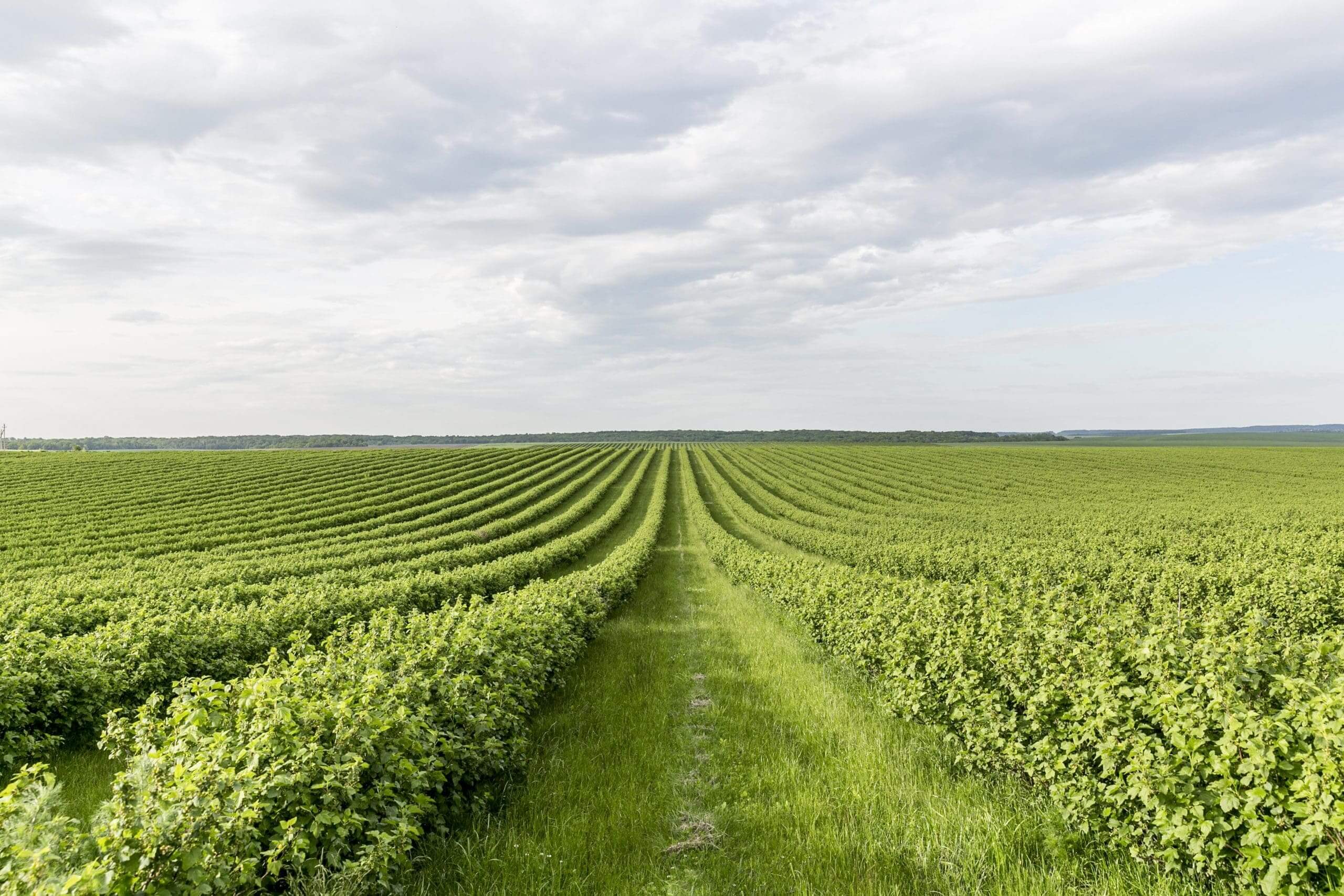Agricultural gypsum improves soil chemical properties

Agricultural gypsum improves soil chemical properties
The soil chemical properties that are improved with the application of the gypsum include these. 1) Mitigation of subsoil acidity and aluminum toxicity. favoring rooting and the ability of the plants to adequately absorb water and nutrients during the periods of drought. 2) As an improver of sodic soils. These characteristics of gypsum represent great potential to offer benefits to producers.
Its benefits in acid soils
It is well known that soil acidity has detrimental effects on plant growth. in particular high levels of exchangeable aluminum (Al3+) which increase when soil pH decreases. The acidity of the subsoil prevents the roots from exploiting the nutrients and water in the subsoil parts. Acidity is commonly corrected with the incorporation of agricultural lime. which acts mainly in the top layer. while gypsum applications on soil surface can affect soil physical and chemical properties in depth thanks to its greater solubility.
Gypsum is a neutral minerl and not a liming agent. The effect of gypsum in modifying surface or subsurface pH is relatively modest. However, gypsum can improve the phytotoxic conditions derived from excess soluble aluminum. By reaction with Al3+, so that it can expel it from the soil. By reducing the toxic effects of aluminum, plants are able to root deeper. And the rate of absorption of water and nutrients by plants is increased.
This is especially important in the dry season of arid areas. In a study carried out in Brazil, it was found that gypsum applications in the topsoil significantly decreased aluminum toxicity. And promoted a deeper root system in corn, wheat, soybean and sorghum crops. For example, in maize roots were found below 45 cm deep. which meant an increase in more than 600% of the root system. In addition, corn, wheat and sorghum yields increased by 45, 50 and 24 %, respectively, compared to the control.
Its benefits in sodic soils
The most common reason gypsum is used is for the rehabilitation of sodic soils. The basis for this is that gypsum provides Ca which can be exchanged with Na. thus leading to flocculation of soil particles. This promotes a better development of the general structure of these highly dispersed soils. so as to promote the infiltration and percolation of water through the soil profile. Sodium is a harmful element for the soil. which affects its physical properties, since it causes the deflocculation of the clays and the collapse of the aggregates.
This leads to soil compaction, loss of water infiltration and severe limitations in aeration. Under these conditions, one of the most important physical properties of the soil is affected: the rate of oxygen diffusion. A soil with a low rate of infiltration and diffusion of oxygen presents serious problems in root respiration. A basic physiological activity for the absorption of nutrients.
When the Na level is high, bicarbonates and sodium carbonates are formed in the soil. which produce an increase in pH, and can reach a pH of 10 in severe conditions. When the soil develops this degree of alkalinity, serious problems of availability of Fe, Zn and Mn arise. A soil with a pH greater than 8.2, measured in water, is often a sodic soil. That must be evaluated for this variable and, if positive, requires a rehabilitation treatment.
Generally, in clay soils, when Na level extracted with ammonium acetate exceeds 400ppm, there will surely be some sodium problems. although the clearest parameter is the PSI, which when it is greater than 5 is problematic. Before resolving other limiting factors, it’s necessary to remove excess sodium from the soil. So that it can once again be productive. The way to do this is by adding a source of calcium. The cheapest source of calcium is agricultural gypsum.
